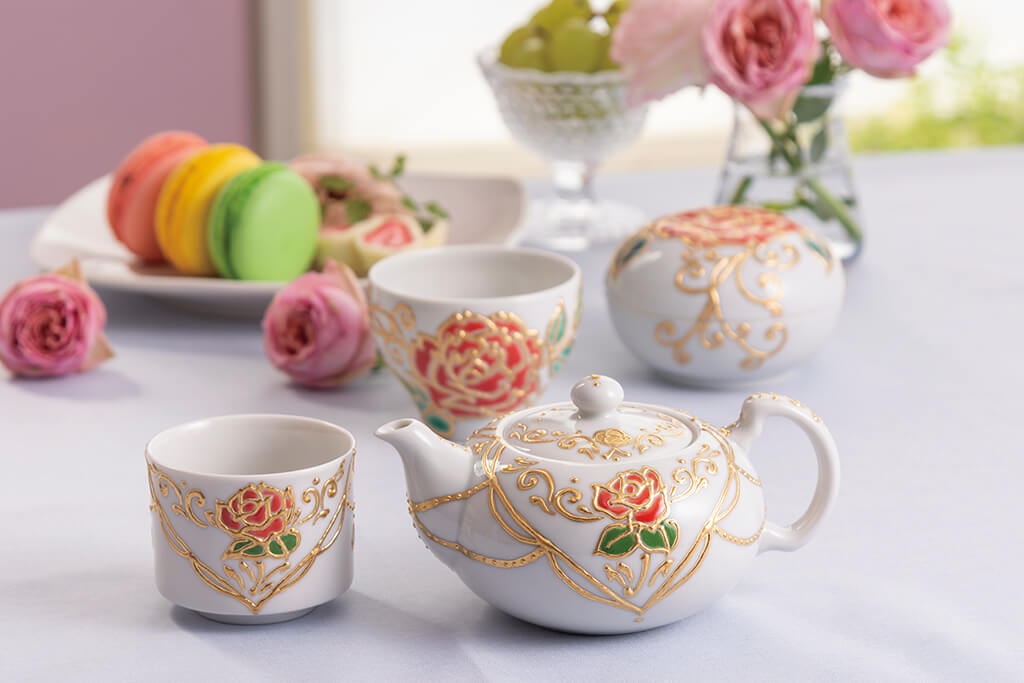It is said that Kutaniyaki began in the Taisho period (1912-1926) and was often used as part of decoration at that time. The second generation, Nakada Kingyoku, used such aochibu as a mainstay of his work. He continued to use aochibu and another technique, morikin. Until then there had been craftsmen who had worked with "Morikin Aochibu", but they generally struck the grains in a straight line, called "Bo-uchi" (striking with a stick). However, Mr. Kngyoku II developed the whirlpool technique, in which the dense grains look like whirlpools.

